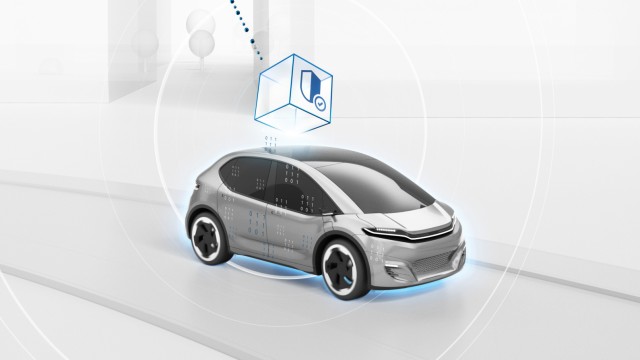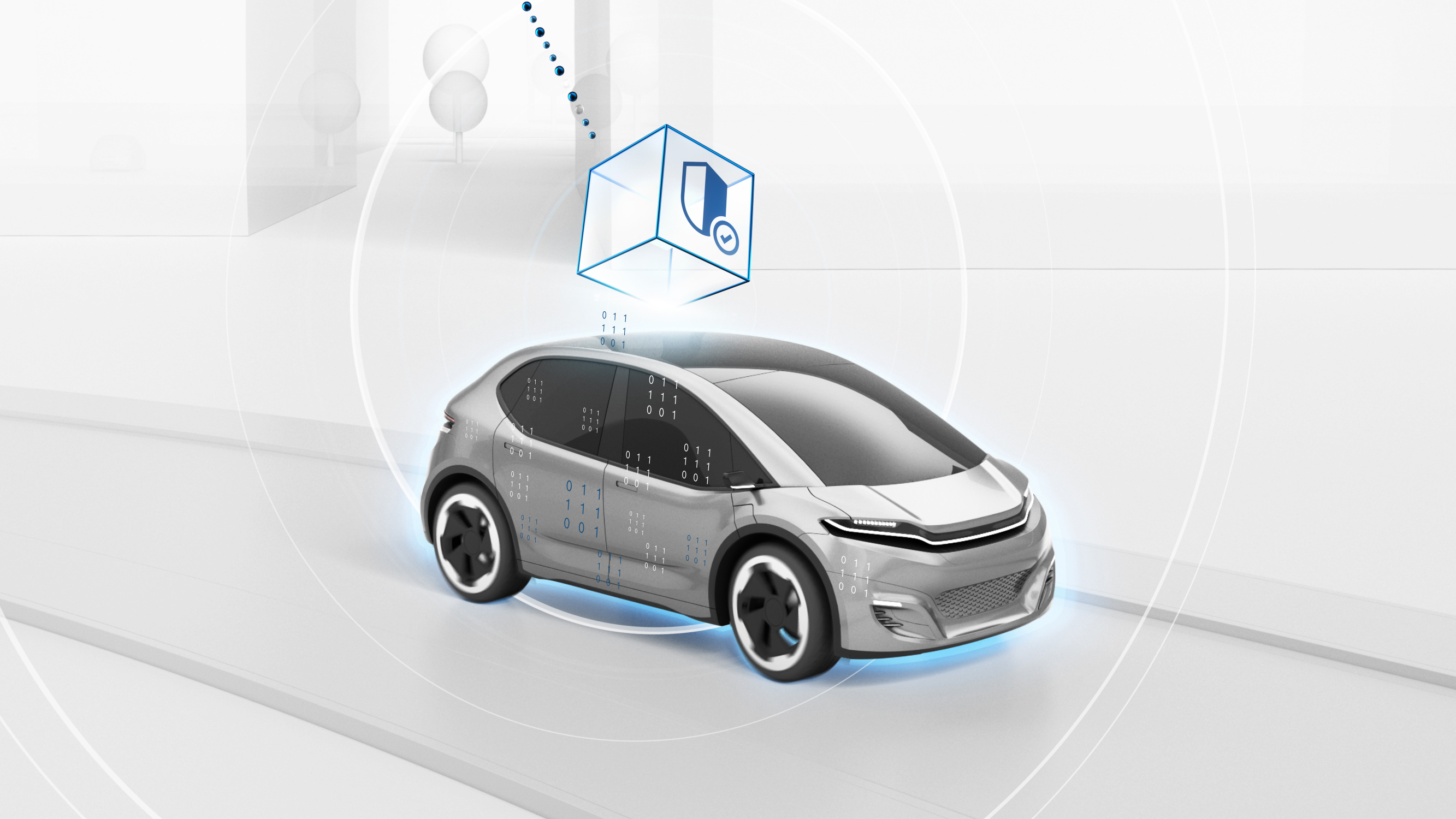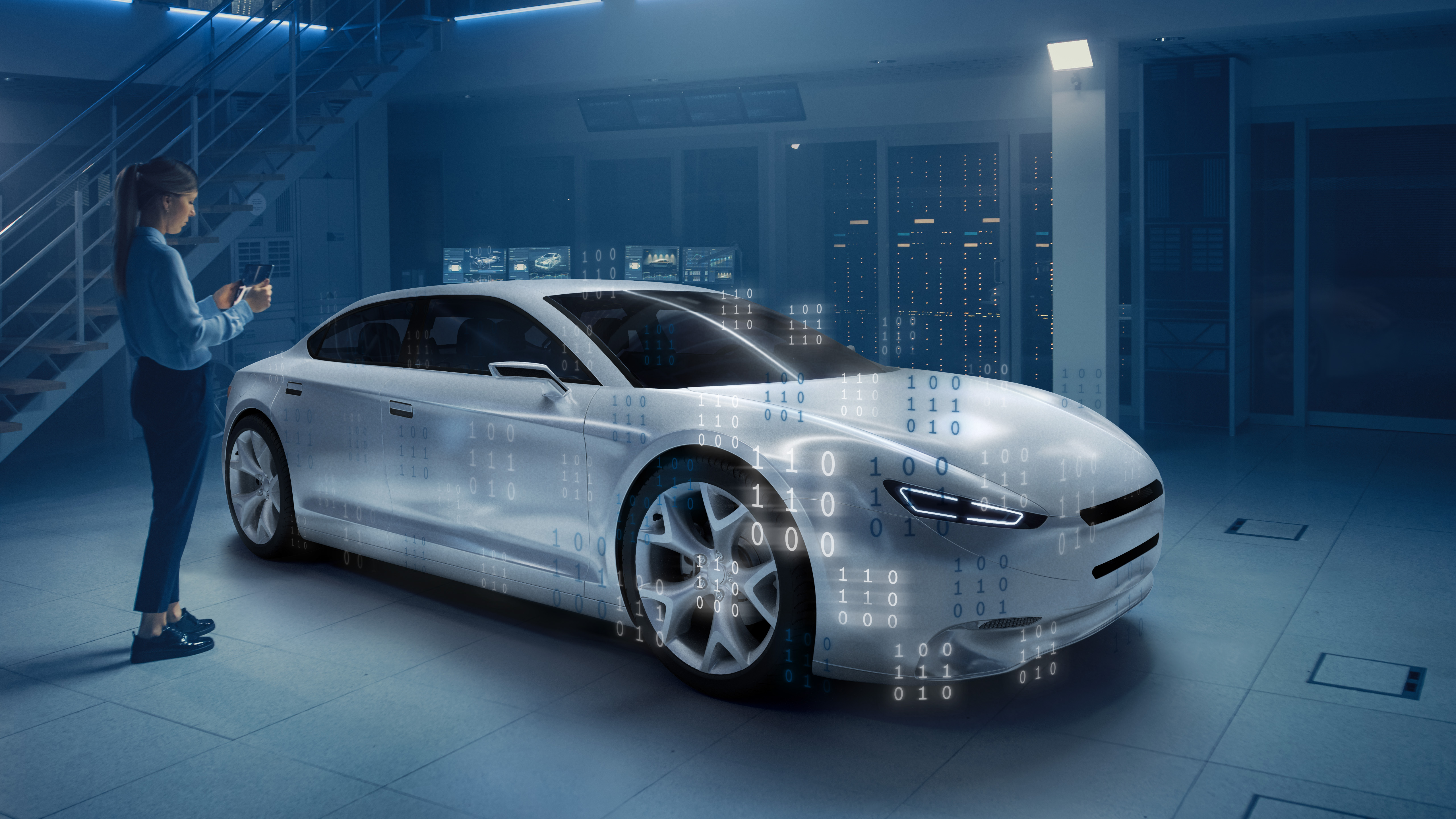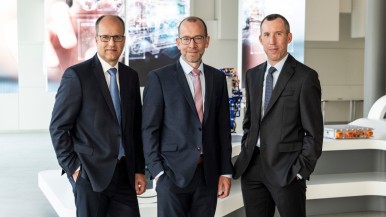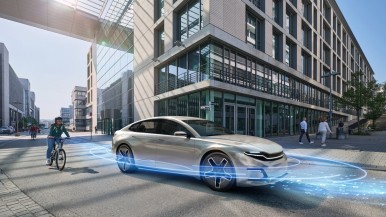Stuttgart, Germany – IT in cars is like an orchestra being joined by more and more musicians. Experts from industry and the scientific community now want to work together to create standardized rules and processes so that the various electronic players across the vehicle do not get out of sync. After all, ensuring concerted interaction between all these systems is essential if new functions in and around the vehicle are to be developed more quickly in the future and reach drivers safely – throughout the vehicle’s life. This is what a total of 13 companies and research institutions have been working on since August 2021, in the publicly funded “Software-Defined Car” project (SofDCar for short). “With a new approach to software and data, we’re laying the foundations for much greater flexibility in dealing with new functions and data relating to modern vehicles,” says Dr. Andreas Westendorf. He is leading the project at consortium leader Bosch. The three-year project is being funded with a grant of some 43 million euros from the German Federal Ministry for Economic Affairs and Energy (BMWi).
Mobility is the largest Bosch Group business sector. It generated sales of 55.8 billion euros in 2024, and thus contributed around 62 percent of total sales. This makes the Bosch Group one of the leading mobility suppliers. Bosch Mobility pursues a vision of mobility that is safe, sustainable, and exciting. For its customers, the outcome is integrated mobility solutions. The business sector’s main areas of activity are electrification, software and services, semiconductors and sensors, vehicle computers, advanced driver assistance systems, systems for vehicle dynamics control, repair-shop concepts, as well as technology and services for the automotive aftermarket and fleets. Bosch is synonymous with important automotive innovations, such as electronic engine management, the ESP anti-skid system, and common-rail diesel technology.
The Bosch Group is a leading global supplier of technology and services. It employs roughly 418,000 associates worldwide (as of December 31, 2024). The company generated sales of 90.3 billion euros in 2024. Its operations are divided into four business sectors: Mobility, Industrial Technology, Consumer Goods, and Energy and Building Technology. With its business activities, the company aims to use technology to help shape universal trends such as automation, electrification, digitalization, connectivity, and an orientation to sustainability. In this context, Bosch’s broad diversification across regions and industries strengthens its innovativeness and robustness. Bosch uses its proven expertise in sensor technology, software, and services to offer customers cross-domain solutions from a single source. It also applies its expertise in connectivity and artificial intelligence in order to develop and manufacture user-friendly, sustainable products. With technology that is “Invented for life,” Bosch wants to help improve quality of life and conserve natural resources. The Bosch Group comprises Robert Bosch GmbH and its roughly 490 subsidiary and regional companies in over 60 countries. Including sales and service partners, Bosch’s global manufacturing, engineering, and sales network covers nearly every country in the world. Bosch’s innovative strength is key to the company’s further development. At 136 locations across the globe, Bosch employs some 87,000 associates in research and development.
Additional information is available online at www.bosch.com, www.bosch-press.com.
